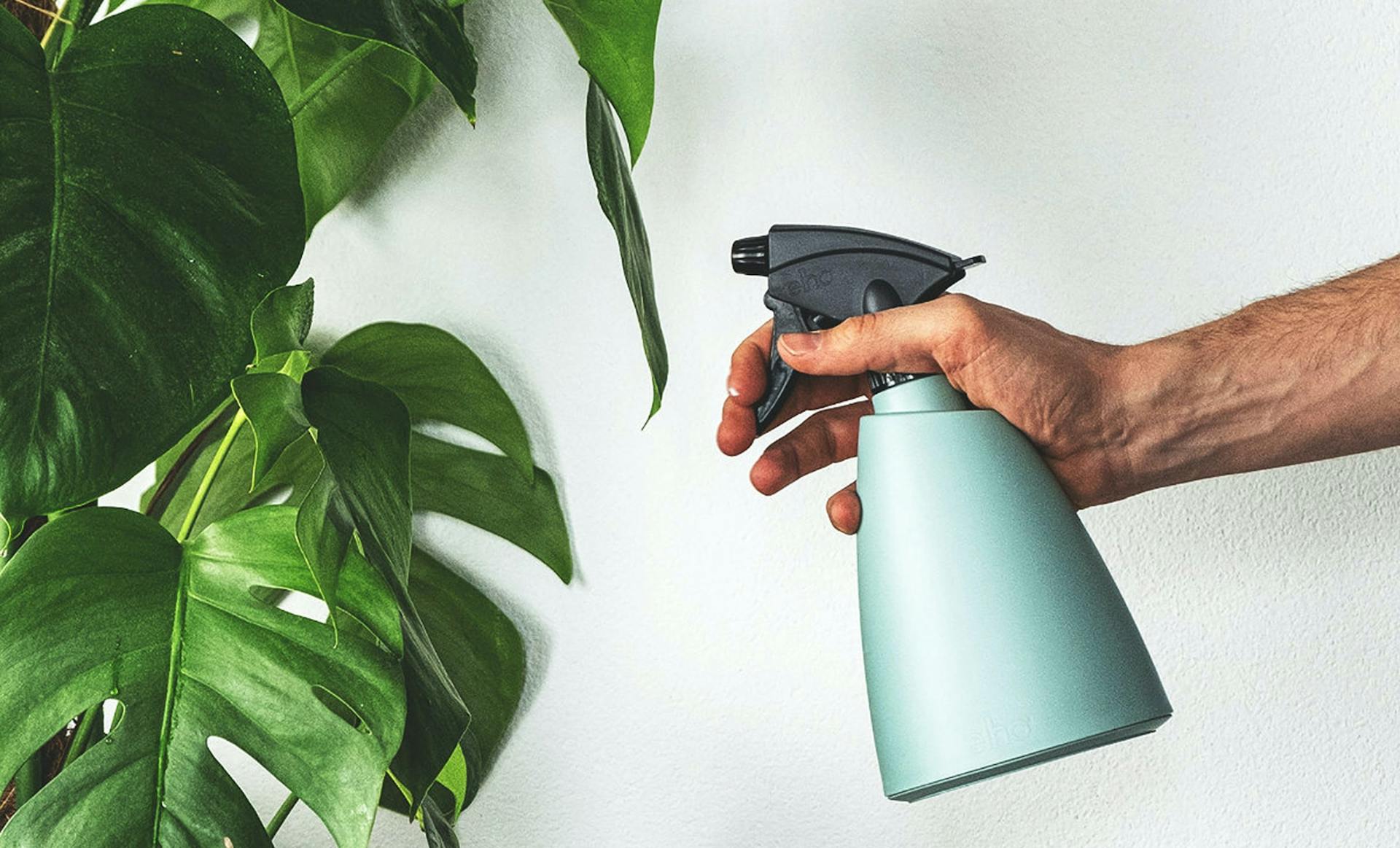Heating vs. humidity
A healthy humidity level lies somewhere between 40% and 60%. This means that there's 40 to 60 percent water vapour in the air, relative to the maximum amount of water vapour that the air can contain. Keeping the humidity level within this range not only benefits you, but also your pets, plants, musical instruments and wooden furniture and floor.
Natural evaporators 🪴
Plants are generally not a big fan of heating. Succulents and other plants with thick leaves can handle the dry air a bit better, but most of your green friends will be happy if you move them away from the radiator in winter. At the same time, some plants can actually increase the indoor humidity by evaporating water through their leaves. Among them are the spider plant, the areca palm and the peace lily. Give them a bit of help by spraying the leaves regularly with a plant sprayer.
Humidifying the old fashioned way
It's a debated topic in the world of indoor humidity: the old fashioned radiator humidifier. These water containers are usually made of ceramics and designed to hang onto your radiator. Alternatively, you can use a shallow bowl with water that you place near your heating. The radiator heats the water, which then evaporates. It's a relatively cheap and simple solution to increase the humidity in the room. The reason why it's debated: the water can be a breeding ground for bacteria and mould, so make sure to refresh it on a daily basis. 🚰
Ventilate often, heat smart
Good ventilation should happen 24/7, so always keep air vents or small vent windows open for fresh air supply. You can also open your windows for around 10 minutes per day to let fresh air in, especially on rainier days when the air is more humid. Setting your heating to a maximum of 21 degrees and turning off the heating at night will also benefit the humidity level in your home. The smart heating function in the Tibber app can automatically steer both for you, while at the same time helping you save on energy costs.
Keep the humidity coming 💧
Another thing you can do to reach that magical 40-60% is to make use of the humidity that is already there. Hang your clothes to dry in a room with a low humidity level. Open the dishwasher as soon as it's done and leave the bathroom door open after taking a shower, to let the rest of the house benefit from the water vapour.
To measure is to know
Your sneezing cat might give you a hint, but a humidity sensor will give you the actual numbers. With Aqara's temperature and humidity sensor or Netatmo's air quality sensor, you'll see the humidity level in your home directly in the Tibber app. 36%? Time to spray those plants!
Haven't tried Tibber yet?
Tibber helps you save energy with electricity at the purchase price and a smart app that steers your energy usage, among others by heating your home in a smarter way. 🔥 Our smart energy deal is currently available in Norway, Sweden and Germany.

